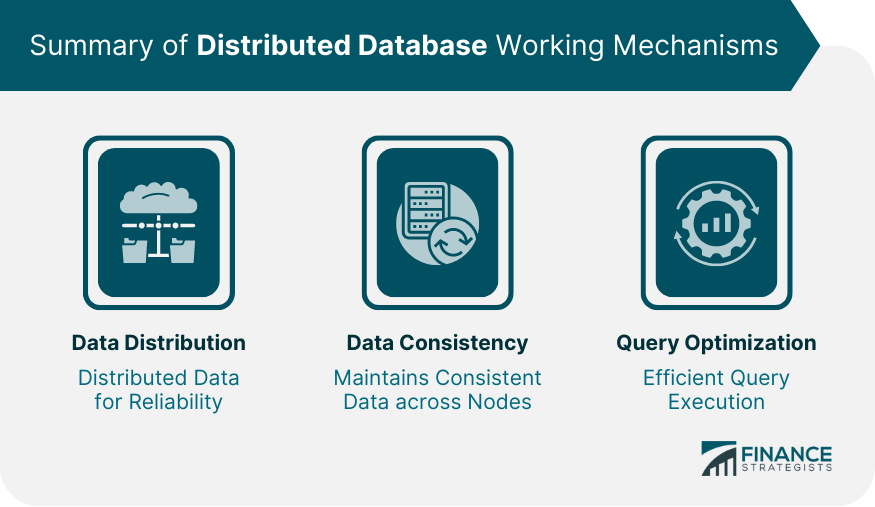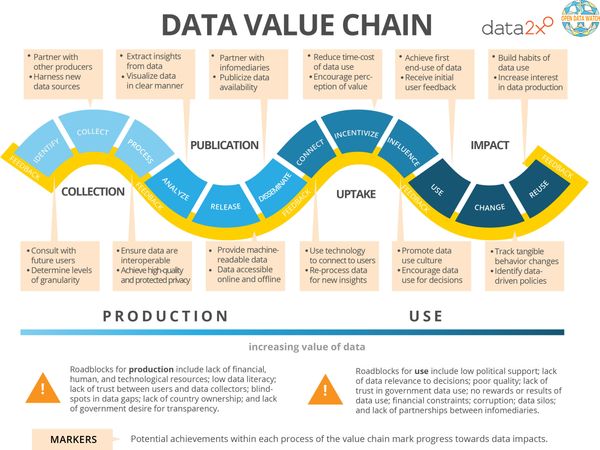Released 23 years ago in 1995, MySQL, is still among the most popular relational database management systems. An open-source RDBMS, it uses Structured Query Language. And with the increasing amount of data, database management systems are a must-have for any organization.
Now, as these databases expand, the data affects the processing speed negatively. To prevent this and get the optimum output, a regular MySQL Performance tuning is essential. The activity will not only speed up the process but also fix any errors the users might be facing. Today we look at some simple but effective techniques that MySQL Optimization experts use to optimize your MySQL Performance tuning experience.
Partitioning for Data Storage:
With the advancement of technology, hardware has evolved. But, even today there are challenges that we face, especially with I/O devices such as hard drives.
At times, the MySQL server performance is affected due to read/write operations of the system. So, using a separate hard drive for the MySQL database will speed up the process without any external interference. Modern-day SSD drives are the perfect solution to your MySQL performance tuning.
Maximum connections for MySQL
The number of connections permitted by a MySQL server is set using the max_connections command. Throughout the period of the MySQL query, the connection is opened and once the execution is complete, a new connection has to be established.
The number of these connections affects the RAM utilized and higher the number of connections, the higher is the usage of RAM. While MySQL performance tuning this number f maximum connections is set as the requirement of the website so as to optimize performance without affecting the RAM. This number will depend solely on your MySQL server usage.
MySQL Reverse DNS Lookup

A reverse DNS lookup service is activated by default in MySQL. Because of this, the MySQL server is tuned to lookup the IP address or hostname of the incoming connection.
A verification process is used by the DNS lookup. The process includes resolving an IP address to a hostname and then the hostname to the IP to match the results and verify the connection.
But this lookup process can cause delays to the system. Also, poorly configured DNS servers can hamper the performance. It is advisable to disable the reverse lookup functionality during the MySQL Performance Tuning.
Idle Connections
Even after setting maximum connections, there are several times when many of the connections are idle. These connections are in the ‘sleep’ state but still use resources. To prevent the idle connections from using them for a long time, they need to be refreshed regularly.
The user can look up the idle connections during MySQL performance tuning and decrease the default wait time of 28800 seconds and bring it down to 60 seconds. This will decrease the sleep state of the connections and regular interruption will prevent excessive resource usage.
Query Cache Size
A query cache is a feature offered by MySQL that enables commonly used queries to be executed faster. If there are repetitive queries that need very less modification query_cache_size is implemented to set the desired value.
But, many users end up setting the value of the cache too high in Gigabytes which leads to a negative impact on the MySQL server performance. While the MySQL performance tuning process, it is very important to recognize the size of your project and set the cache accordingly. Lowering the size as per requirements will impact the server performance and give better, faster output. An average size of 200 to 300 MB should be set for optimal results.
These are some small amendments if made to the MySQL performance tuning process can lead to some drastic changes in the performance. This will allow the MySQL server to perform well without putting excessive load. We have been helping organizations to improve their MySQL performance for around two decades. Get in touch with us to understand how we can help you!







